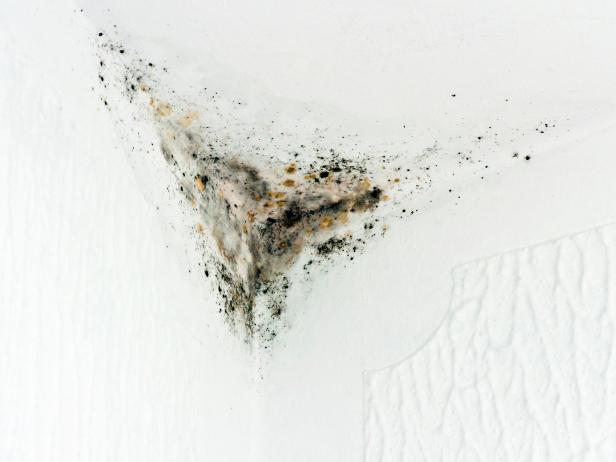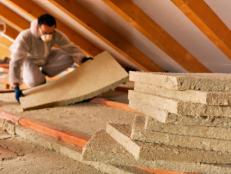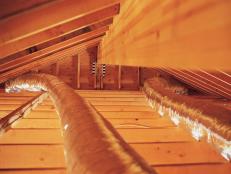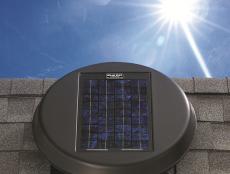Mold in the Attic

beti gorse
Basement and bathroom mold infestations get all the press — but there's another common fungal villain that homeowners need to be aware of: attic mold. Leaky roofs or air conditioning appliances plus the hot, humid climates can easily lead to mold in attics.
Healthy Home Products
See All PhotosThe chief cause of attic mold is poor ventilation. Particularly in cold climates, when homeowners heat their homes in winter, hot air tends to escape through the attic. This occurs efficiently in attics with proper ventilation, but attic mold can occur if the hot air meets the cold surface of the attic roof and creates condensation. This moisture can drip onto the attic floor or down the roof ceilings, creating a perfect scenario for mold growth.
To prevent attic mold, first ensure that your attic is properly ventilated. A good way to check the ventilation status of your attic is to turn off all the lights in the attic on a sunny day and look for points of light appearing along the edges of the attic. Many attics have good roof ventilation but are missing this ventilation along the eaves, which is a key component in the prevention of attic mold.
If you have discovered mold in the attic, the first step in reversing the problem is to remove any mold-covered materials, including plywood, carpet, insulation and drywall. Next, disinfect the area with mold-removal products — be sure to wear a respirator or facemask rated for mold spore protection, and cover arms, legs and hands whenever removing mold. Attic mold can be a persistent problem in attics with persistent leaks, condensation or poor ventilation, but addressing these problems should keep your home free of mold in the attic.
See also: How to Keep Your Home Healthy


















































